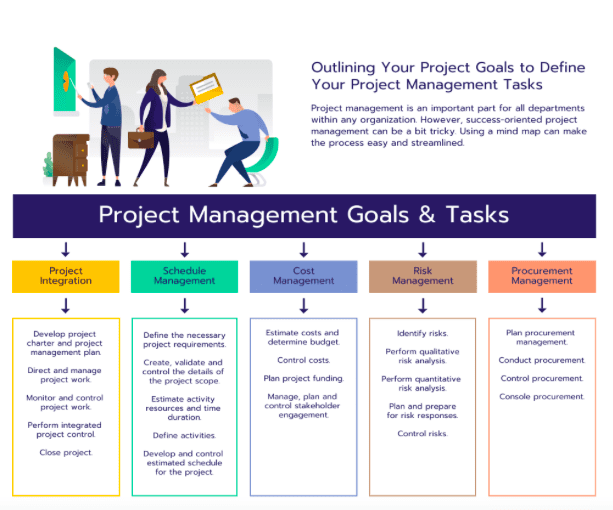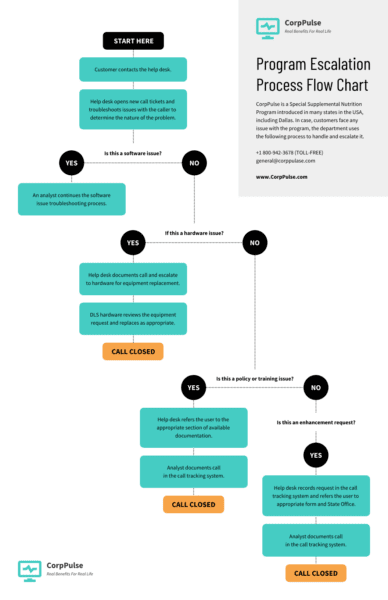Remote Work Has Surged in Popularity and is Here to Stay
Even after all COVID restrictions are lifted. And it is not only about the so-called new normal. When implementing a remote work culture, your company is open to hiring workers worldwide. Besides, employees become more comfortable and productive.
Even if you won’t fully implement remote work, it’s worth being prepared to do it for certain periods or even on a hybrid work model.
Despite all the advantages, the downside is that remote work can reduce the connection between employees. This may increase the feeling of isolation in their activities and make managers confused about who is doing what.
So if you want to know better how to handle remote employees, and make the best of your team, focus on training and development. Also, prioritise setting expectations and reporting, besides motivation and engagement, of course.
During organisational changes, people need clear milestones, goals, and a clear overview of processes, tasks, and roles to feel safe facing new challenges. Keep on reading to find out how to put your team together and get the most of remote employees.
Establish a Plan and Communicate it Clearly
When you switch from onsite to remote work, you must know how to educate your team and communicate with clarity. By doing so everyone feels safe and prepared for this challenge without falling into change fatigue.
Visuals make it easier to organise ideas and present information and concepts in a memorable way. When explaining a process, using nothing but texts can leave your audience confused. Visuals, on the other hand, provide a simplified and yet comprehensive representation of complex information.
Providing goals, tasks, metrics, and roles empowers managers and boosts their leadership to those they work with. Mind maps like the one below are perfect to plan changes in an organization so that remote employees can visualise and understand at a glance the main subjects and it’s topics.

Use the Right Tools for Managing and Supporting Remote Employees
When people are not at the same place, they need tools to communicate with each other. Choosing the right ones is one of the main factors that will determine if a remote team will be successful. Also, digital onboarding is necessary to make sure every member of your team is acquainted with the virtual environment tools.
When looking for the best collaboration tools, you will find too many to choose from, and deciding which best fits your needs may be time-consuming and confusing.
So here are some good practices and the best tools to engage employees and boost productivity, both onsite and remote:
- Promote virtual meetings so employees are able to introduce themselves to the company and to each other.
- Rely on tools for team communication: There are plenty of options, and they actually seem endless. Check the most popular first, such as Slack and Chanty. If you want to know more about group chat apps, you will be surprised about how many options to choose from you have. Picking the proper one depends only on your needs and budget.
- Provide training on collaboration software. Again, you will find good software options to choose from, such as GanttPro, Trello, or Wrike.
- You also may want to be able to track your remote employees’ working time. These tools are easy to manage and are great to boost productivity and self-time management. Go for When I Work, Nutcache, or ProofHub if you would like to track time spent on a given project.
- If you want to check a complete list of software and apps, check this article with a complete list of project management tools.
Make Reporting Easy and Interesting
Turning raw data into easy-to-understand, contextualised, and catching information is fundamental for remote teams. Colleagues need to be aware of the big picture of their team’s results and the improvements required.
Internal reports help employees make decisions with confidence since reliable data back them. A report is the best tool to provide them with an overview of results, projects, and tasks. This internal awareness is crucial and keeps teams up to date with activities.
Relying on reports also increases accountability since results are shared and measured according to goals. It also promotes healthy competition because employees will have achievements to compare their performance and realise when they need to struggle to keep pace with the team.
To make this critical task easy and efficient, you can rely on a report maker to create a highly visual report. By doing so, creating and understanding reports will become enjoyable activities. Alternatively, you can use tools to create infographics to support your report. Infographics are also a powerful and efficient way to summarise information and impact audiences.
It doesn’t matter if you will use a report maker or an infographic maker. If you want to make your information more memorable, highlight important information, and show trends. You shouldn’t rely solely on texts and numbers. Start by choosing a customisable template nice to look at and easy to digest and follow some design principles:
- Balance text with images. Don’t use words when you can present information visually; transform texts into visuals to an easier to digest report.
- Use a single highlight color when drawing attention to key data.
- Make your communication more visual with charts and graphs.
- Leave whitespace to a clearer and pleasant visual.
- Use colors to group related data.
- Repeat elements, motifs, and colors throughout your report for the sake of consistency.
Training Remote Employees
Companies are searching for better ways to engage employees in remote training. Since remote work has come to stay, it is fundamental nowadays to have an excellent remote training and development plan.
But how to ensure you are providing the right content and employees are assimilating it and not getting bored or confused? Visual communication is great for making information more engaging and memorable, and this is exactly what we need in a virtual classroom. When it comes to remote training, there’s more of a need than ever for using visuals to make training and development programs more catching and effective.
Visuals are the best way to provide employees with easy-to-understand, concise, and quick-to-check support materials, and that’s what HR teams need to boost effectiveness. There are many ways to help your remote teams be confident and engaged, such as providing job aids, virtual presentations, webinars, and virtual onboarding to train new and existing employees. Let’s see how each of these works.
1 – Virtual Presentations and Webinars
Webinars have become very popular as an efficient learning tool, not only for universities, but also for companies. When managing remote employees, creating a webinar is a great way to make the most of a virtual environment to educate and engage your audience. You can use webinars to present your company’s vision, high-level goals, and inputs. Or approach everyday activities, such as keeping your team up to date about the progress of a given project.
Webinars can also be a great tool in your onboarding kit: use them to set your expectations, showcase your company’s culture, workplace diversity, safety, address questions and help fresh faces feel home quickly.
There are plenty of webinar tools available, most of them providing similar features, such as Zoom, WebinarJam, WebinarNinja. If you want to find out which fits best for you, check this article reviewing every popular webinar tool.
Creating a webinar may seem way too challenging and time-consuming, but it is not. There are two main steps for creating winning webinars:
Set a Goal and Define Your Audience
What is your webinar all about? An in-depth view of tasks, setting expectations for remote employees, a report, or your company’s vision? In short, try not to address many subjects at once, but create as many webinars as you need to and present them in small bites instead.
Your audience also should be well-defined since your marketing team has different interests, culture, and goals than your HR team, for example. Defining clear goals and designing your webinar according to your target audience is the most important.
Design Your Presentation Slides
Now you’ve found out the content and the voice of your webinar, it is time to start designing your presentation. And it can be an easy and even fun thing to do.
Though starting from scratch is hard, if you go for a presentation template, and you will find plenty of free tools on the internet, you can simply customize it to your content. Start by editing elements like colors, fonts, headers, layout, shapes, and images. As our attention span tends to be shorter on the internet, try to limit your presentation up to 8-10 slides and improve your presentation skills to keep your audience up.
2 – Create Job Aids
A job aid is an instruction related to a particular work task. It supports training and serves as a reference sheet, making remote employees more confident and efficient. In addition, it boosts the sense of autonomy, which increases work motivation and employee engagement.
A study by the Peregrine Performance Group found that employee proficiency increased by 50% when a week’s training was reduced to one day and added a job aid. To work this way, they must be simple, straight, present crucial instructions, and have a clear and powerful design to visualise and memorise information quickly.
An excellent job aid should start with a clear goal in mind. It is not enough to write down instructions on paper with merely illustrative images. And, once it is created, it must be tested and reviewed until it works perfectly. Remember using visual resources, as visuals decrease learning time and improve comprehension.
See below how to make a job aid:

Starting from a blank sheet can be overwhelming, and there is no reason for doing this. Again, you can find many free templates to help and inspire you when creating a job aid. See below an example of a well-designed one:

There are many kinds of job aids for different purposes: checklist, flowchart, and step-by-step, among others. This one above is a decision-making chart, a graphic that helps people make decisions and finish tasks requiring several yes or no decisions in sequence.
To create a flowchart, sketch out the number of steps and decide how complex you want it. Then pick a template that best suits the process you want to visualise, and start the flow in the upper left corner because that’s how people usually read. Finally, play with colors, shapes, bullet points to make it clear and eye-catching.
In Summary:
Use the right tools, train your teams, set a clear communication strategy, and you will see remote employees’ motivation and productivity soar.
Providing training and ongoing support, establishing a clear plan, and having the proper collaboration tools is all you need to make a remote work environment ideal for any team projects and turning your goals into reality.




